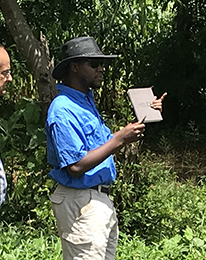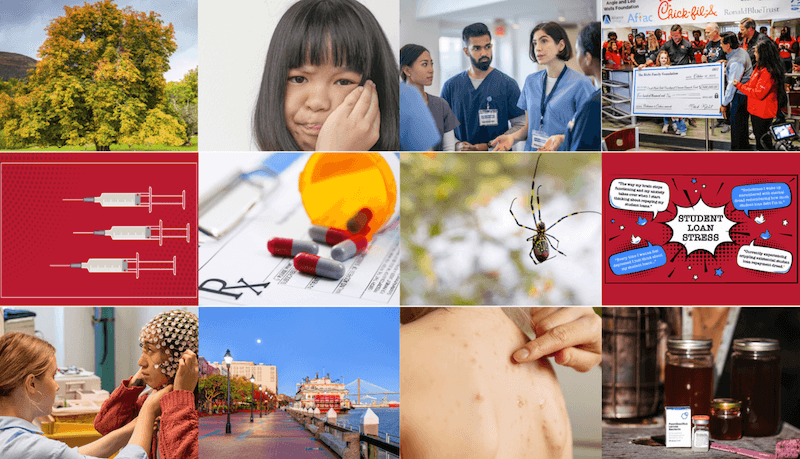The Peanut Innovation Lab includes several projects to improve peanut productivity in Malawi, working with partners in the public and private sector there to give smallholder farmers more information about how to incorporate peanut as a sustainable crop that can add value to their operations.
Depending on their role within the peanut value chain, however, partners may have different opinions about how to best go about improving production.
To get a general idea of the priorities stakeholders have for improved practices, the innovation lab recently conducted a simple online survey with a small group of agriculture professionals in Malawi to rank the activities and messages they find most important to improve farmers’ outcomes.
“It’s not an extensive survey, but does give us extra insight into the research and outreach efforts that are most important to different stakeholders,” said Innovation Lab Director Dave Hoisington.
The survey will help the guide priorities for research and training objectives for the Peanut Innovation Lab in Malawi, but more immediately, give a framework for a series of animated videos the lab is producing with SAWBO, Scientific Animations Without Borders.
Eighteen stakeholders shared their insight through a questionnaire implemented through Qualtrics over a two-week period in May 2020; half were from the public sector (NARS and government) and the other half from the private and NGO/non-profit sectors.
Participants generally agreed that the top four messages to increase yield should involve higher planting density and use of double rows, timely planting, effective weeding and testing of seed germination before planting. Everyone saw variety selection as a medium priority. Most stakeholders minimized the importance of soil selection, mulching/water conservation, seed handling and storage, disease management, and use of calcium, relative to the other technologies.
When asked about reducing crop loss, everyone considered crop maturity and proper harvest as key, with proper storage, effects of moisture on quality and proper sorting among the top four. Respondents from the public sector also ranked drying tarps and use of windrows high.
To reduce aflatoxin contamination, the stakeholders agreed that timely harvest, proper drying and improving storage are high priorities. Respondents from the public sector ranked understanding principles of aflatoxin sampling and detection high, while respondents from the private sector ranked basic aflatoxin knowledge and proper sorting high.
In general, there was less consensus about future research priorities. All stakeholder did consider agronomic practices (planting density/pattern, timing, rotation, etc.) and evaluating varieties high priorities for research, but those from the public sector ranked development of alternate groundnut products for local processors highest, while private-sector representatives considered the impact of production practices on aflatoxin and soil fertility strategies the highest priorities.
All respondents consider aflatoxin management a high priority. Depending on their role in the value chain, respondents are looking for training in good agricultural practices, storage options and aflatoxin management for buyers – all strategies that can minimize mold growth and aflatoxin build-up.
Survey results helped the lab to finalize scripts for a series of animated videos through SAWBO, each focusing on a different stage of production. The videos will be designed as a series, but individual segments will focus on:
- Planting and early crop management (planting dates, seed/row spacing, early weed management)
- Harvest and post-harvest management (maturity determination, harvesting/drying/storage options)
- Aflatoxin management (good agricultural practices to minimize pre-harvest aflatoxin contamination, proper drying and storage)
In a time when in-person training may not be practical due to pandemic, animations may be a good option to demonstrate and reinforce messages to smallholder farmers about pre- and post-harvest aflatoxin management, good agricultural practices, and storage options for farmers and buyers/sellers.
The survey, in many ways, shows that the innovation lab’s research focus matches the priorities of stakeholders. Those areas – variety trials and evaluating production practices including timely planting, plant density, application of fertilizer/inoculants, and weed suppression – remain important to the management team.







